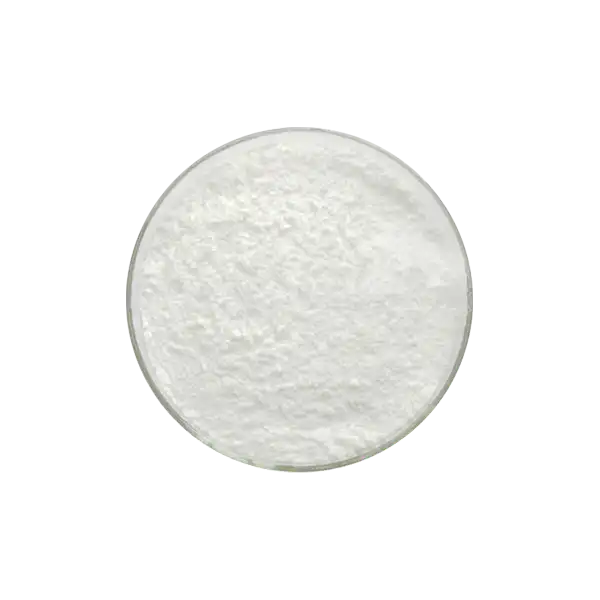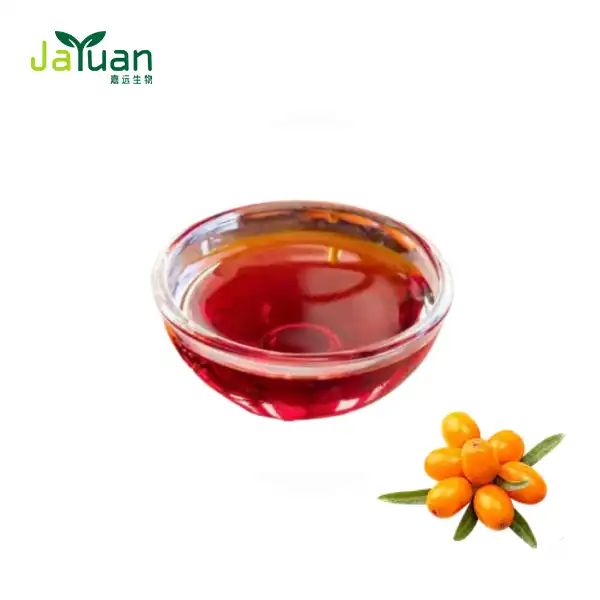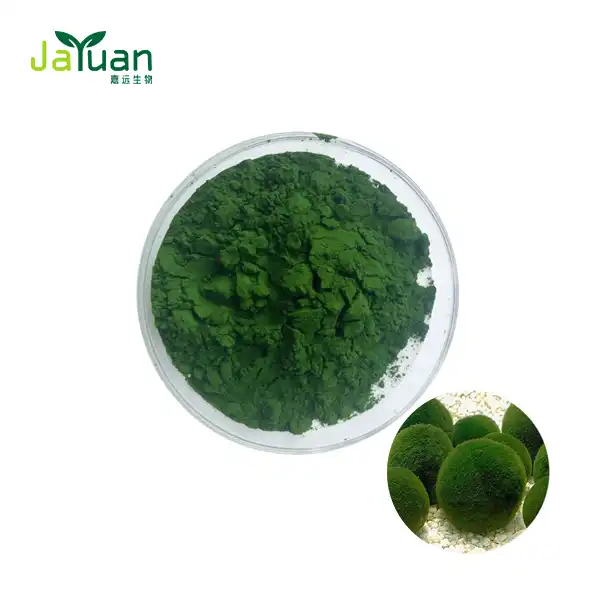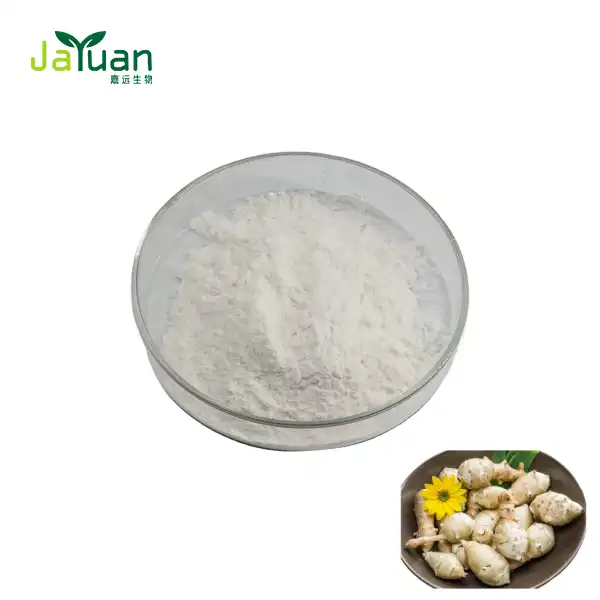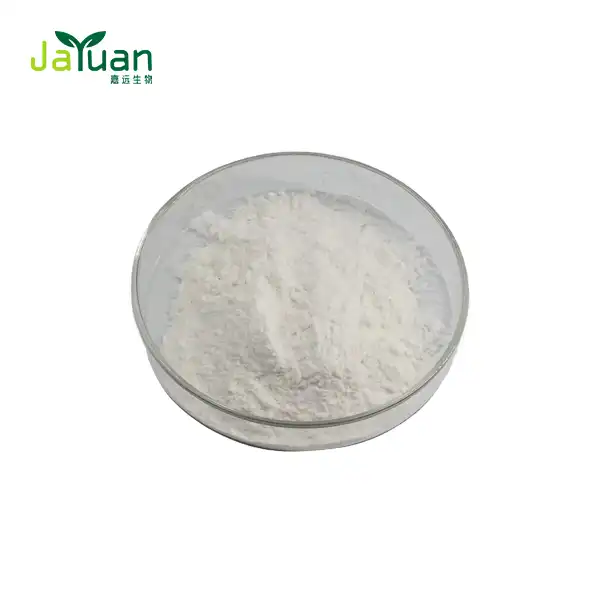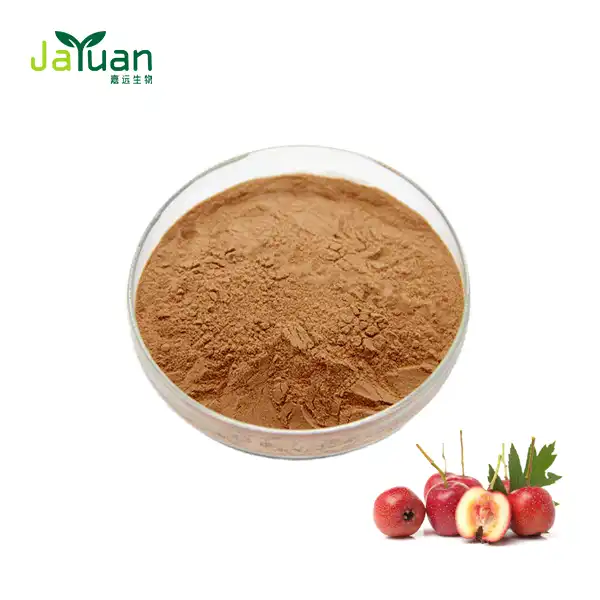Is hydrolyzed corn protein the same as MSG?
With regards to food added substances and flavor enhancers, there's much of the time disarray about what's going on with everything. One normal inquiry that emerges is whether hydrolyzed corn protein is equivalent to monosodium glutamate (MSG). In this article, we'll plunge profound into the universe of Hydrolyzed Corn Protein Powder and its relationship with MSG, investigating their likenesses, contrasts, and uses in the food business.
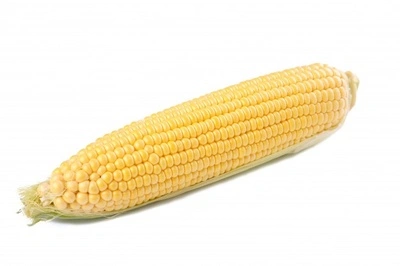
Understanding Hydrolyzed Corn Protein Powder
Hydrolyzed Corn Protein Powder is a specific food fixing created from corn through a cycle known as hydrolysis. During this cycle, the corn proteins are enzymatically separated into more modest peptides and amino acids, bringing about a powder with a high grouping of glutamic corrosive. This glutamic corrosive is synthetically like the compound found in monosodium glutamate (MSG), which is utilized as a flavor enhancer. In any case, it's pivotal to recognize that despite the fact that hydrolyzed corn protein contains glutamic corrosive, it isn't equivalent to MSG. The presence of glutamic corrosive in hydrolyzed corn protein is a characteristic result of the hydrolysis cycle and doesn't have similar properties or impacts as MSG, hence serving different useful jobs in food items.
The production of hydrolyzed corn protein involves several steps:
- Corn is processed to extract its protein content.
- The extracted protein undergoes hydrolysis, which can be achieved through enzymatic or chemical methods.
- The resulting mixture is then dried and ground into a fine powder.
This Hydrolyzed Corn Protein Powder is widely used in the food industry as a flavor enhancer and protein supplement. It's known for its ability to add a savory, umami taste to various food products.
The MSG Connection: Similarities and Differences
While hydrolyzed corn protein powder and MSG (monosodium glutamate) both contain glutamic acid, they are distinct from one another. Hydrolyzed Corn Protein Powder bulk is derived from corn and undergoes hydrolysis to produce smaller peptides and amino acids, including glutamic acid. In contrast, MSG is a pure, synthesized compound used specifically as a flavor enhancer, and they differ in their overall composition and function. Let's break down the key points:
Similarities:
- Both contain glutamic acid, which is responsible for the umami flavor.
- They are used as flavor enhancers in food products.
- Both can trigger similar reactions in some individuals who are sensitive to glutamates.
Differences:
- MSG is a purified form of glutamic acid salt, while Hydrolyzed Corn Protein Powder bulk is a more complex mixture of amino acids and peptides.
- Hydrolyzed corn protein contains other nutrients from corn, not just glutamic acid.
- The production processes for these two ingredients are different.
It's essential to take note of that the Food and Medication Organization (FDA) commands that food producers unveil hydrolyzed proteins, for example, hydrolyzed corn protein, on fixing names. This prerequisite guarantees straightforwardness on the grounds that these fixings can deliver MSG-like mixtures during handling, regardless of whether monosodium glutamate (MSG) isn't straightforwardly added to the item. Posting these parts helps purchasers, especially those with responsive qualities or sensitivities, pursue informed decisions about the food sources they eat.
Applications and Benefits of Hydrolyzed Corn Protein Powder
Hydrolyzed corn protein powder has become progressively well known in the food business because of its flexibility and utilitarian advantages. It is used in a scope of items, from protein bars and refreshments to dietary enhancements and meat choices. Its capacity to upgrade surface, work on dietary profiles, and backing wellbeing claims makes it an important fixing across different food applications, taking care of an assortment of customer needs. Here are some of its key uses and benefits:
1. Flavor Enhancement
The primary use of Hydrolyzed Corn Protein Powder bulk is as a flavor enhancer. It adds depth and a savory taste to a wide range of products, including:
- Soups and broths
- Snack foods
- Sauces and gravies
- Meat products
- Plant-based protein alternatives

2. Protein Supplementation
As a protein source, hydrolyzed corn protein powder can be used to boost the protein content of various food products. This is particularly useful in:
- Sports nutrition products
- Meal replacement shakes
- Protein bars
3. Improved Texture
In different food applications, hydrolyzed corn protein assumes a key part in improving the surface of items, bringing about a really engaging and fulfilling mouthfeel. By collaborating with different fixings, it can work on the consistency and design of food things, like tidbits, heated merchandise, and meat substitutes. This improvement in surface lifts the tactile experience as well as adds to the general quality and shopper fulfillment of the eventual outcome.
4. Allergen-Friendly Alternative
For people with sensitivity to soy or wheat, hydrolyzed corn protein offers a significant option as a flavor enhancer in items that normally depend on soy or wheat-based proteins. This protein can be utilized in an assortment of food things to accomplish comparative flavor and surface upgrades without setting off hypersensitive responses related with soy or wheat. Notwithstanding, while hydrolyzed corn protein gives these advantages, buyers ought to stay careful and mindful of its presence in food items. Those with aversions to glutamates or corn-based fixings ought to painstakingly check fixing marks to stay away from expected antagonistic responses.
Conclusion
All in all, while Hydrolyzed Corn Protein Powder and MSG share a few similitudes as far as flavor upgrade properties, they are not exactly the same thing. Hydrolyzed corn protein is a more complicated fixing got from corn, containing a combination of amino acids and peptides, including glutamic corrosive. MSG, then again, is a decontaminated type of glutamic corrosive salt. Assuming that you're keen on more deeply studying plant separates or investigating choices for your food items, feel free to out to specialists in the field. For more data, you can reach us at sales@jayuanbio.com.
References
1. U.S. Food and Drug Administration. (2012). Questions and Answers on Monosodium glutamate (MSG). Retrieved from https://www.fda.gov/food/food-additives-petitions/questions-and-answers-monosodium-glutamate-msg
2. Geha, R. S., Beiser, A., Ren, C., Patterson, R., Greenberger, P. A., Grammer, L. C., ... & Saxon, A. (2000). Review of alleged reaction to monosodium glutamate and outcome of a multicenter double-blind placebo-controlled study. The Journal of nutrition, 130(4), 1058S-1062S.
3. Jinap, S., & Hajeb, P. (2010). Glutamate. Its applications in food and contribution to health. Appetite, 55(1), 1-10.
4. Singh, M. (2005). Hydrolyzed proteins in the food industry. Critical Reviews in Food Science and Nutrition, 45(7-8), 587-598.

